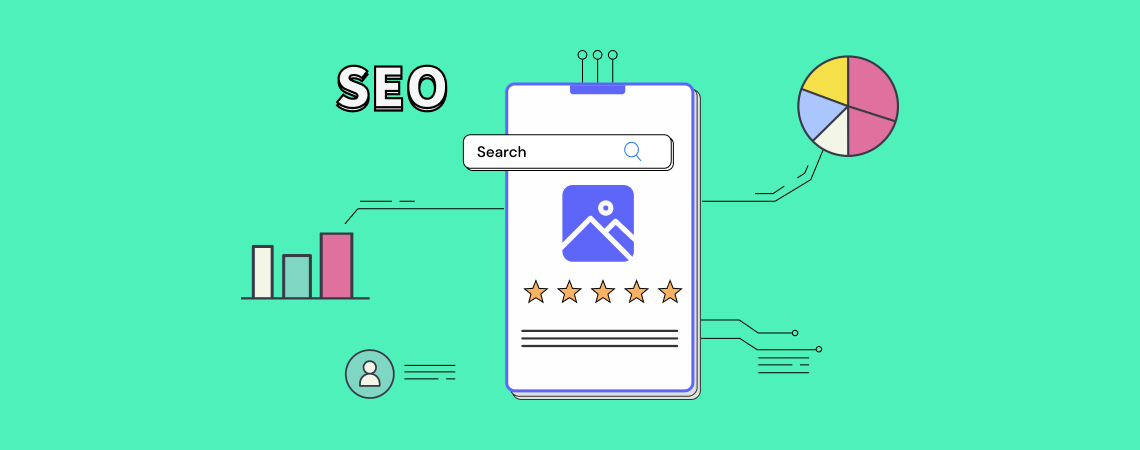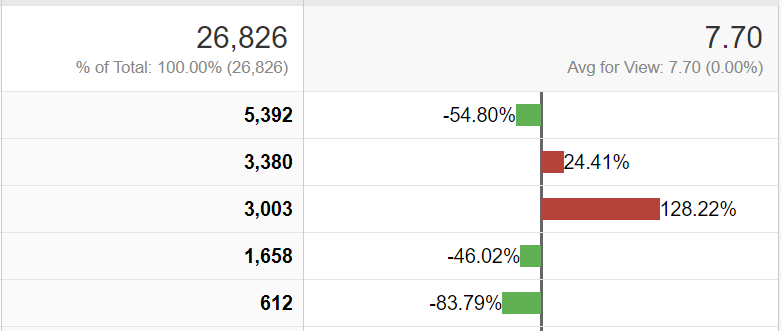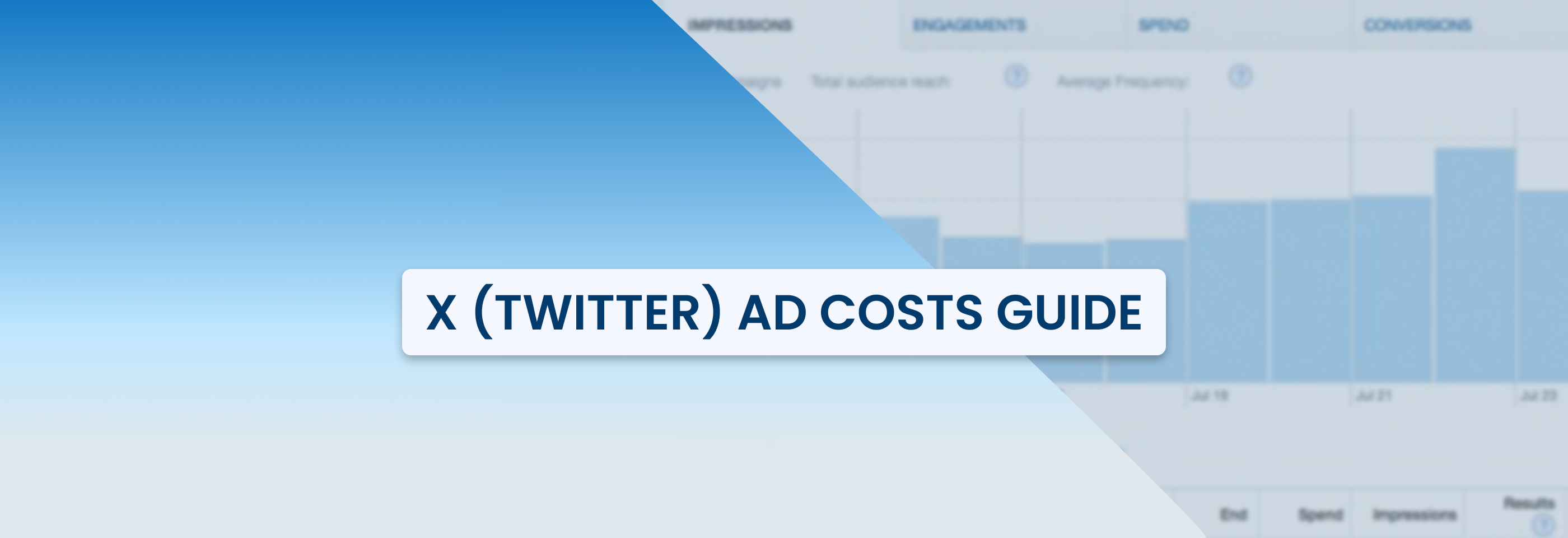10 SEO Tips for Small and Medium Business to Improve Organic Traffic
2022-02-03

Simply put, SEO, or Search Engine Optimization, is a set of techniques used to make your website more visible for search engines. It’s how high up you appear in the search results.
SEO is significant to increase your chances to be found by your target audience and your engagement rate.
Search engines like Google use special bots to crawl your pages and collect information about them. Then search engine algorithms rank all the pages corresponding to the search query based on a bunch of factors we’ll touch on later. This way they can provide people with the best result and user experience.
Ranking algorithms change in the course of time. If once there was a trend of keyword stuffing now it’s not only over but may also be harmful. Let’s look into some of the things you can do to optimize your website for search engines in 2022.
Long-tail search phrases
Keywords are the first thing that comes to mind when thinking about SEO. I guess everyone knows that keywords are the words and phrases that people are using to find what they need in search engines. Still, some are using it wrong.
If you go to Google keyword planner to find the right keywords to rank for and type in “coats”, google will give you 100K – 1M average monthly searches. 
If you search for “wool coats women”, there’re 10K – 100K average monthly searches. 
But if you’re selling wool coats for women exclusively, why would you bid for all coats in general? Your resource will simply get lost in the pool of competitors.
Longer keywords get fewer monthly searches than head keywords but the competition is not as high. By specifying the keyword, you have a chance to get a higher Google ranking.
Page loading speed
Your website speed is an important factor in optimizing your website for search engines. A slowly-loading website increases your bounce rate and exit rate which is a bad signal for search engines. It shows low user satisfaction and harms your reputation.

A high bounce rate means people don’t get what they come for to your website. A faster website is more trustworthy. It means a better user experience which will eventually result in better conversions.
To get page speed insights you can go to services like Google analytics.

If you open your Site speed overview, you can find the following:
And Page timings section will help you understand what pages are loading slower than others and need to be optimized:
To increase website speed you should get rid of elements slowing it. Here’re some things that might be slowing down your page speed:
- a heavy plugin
- ads
- large images
- sign-up forms
- pop-up windows and so on.
Stay consistent
Google is using the freshness score as one of the ranking signals. In short, recently posted content will get a higher Google ranking because it’s considered to be more up-to-date. It certainly doesn’t always work. Some of the old pages with high authority and engagement will be more popular than the freshest sources.
Two main things you can do here are: first of all, post regularly. Schedule your posts to keep organized. You’ll be able to plan content in advance and stick to your schedule. In addition, if you have a posting schedule you can engage users with a subscription to your newsletter.
Secondly, update your older material. You don’t want new users to come to your website just to find outdated information. You can refresh your old content by adding new aspects or replacing irrelevant information.
Search engines love long reads, so this way you kill two birds with one stone: keep up-to-date with the changes and optimize your blog pages for search engines. For example, Facebook is constantly updating the platform. For this reason, we try to make changes to our guides following Facebook updates.
Use linking
You can create both internal and external links. Internal links lead to other pages on your own website, while external links refer to other sources.
Refer to articles in your own blog
Linking to other pages on your website you create connections between pages in your blog and make visible the pages with hard-to-rank keywords. Anchor text is a word or a phrase directing to another page from your blog on the topic connected with this keyword. Instead of using “click here” as your anchor text use a relevant keyword. For example, I could redirect you to another article from our blog on how to create Automated Rules on ConvertBomb.
Get backlinks
Getting backlinks is a gruesome procedure especially when you’re just starting up. What you can do is start by sending out emails to people in your industry. You can reach out to online blog owners or editors recommending them some article of yours and let them know you’d be glad to get a reference on their blog. You can also guest post on popular resources like Medium including references to your product.
Link to websites with high authority
On the one hand, an anchor text on your blog page redirecting to other resources takes people off your website. However, if we’re talking about really authoritative sources, it will only make your website more trustworthy.
Share your content on social media
Give users the ability to engage with your content and share it on their own social media profiles or websites. This will give you additional chances to increase your brand recognition.
Create meta descriptions for every page
Meta description is a small piece of information in HTML about your page displayed in the search results. If you don’t set the meta description yourself, a search engine will pull text from the main body.
Nowadays meta description is not considered to be important for SEO rankings. However, it can still contribute to the search engine optimization of your website, get you up in search results, and increase your engagement rate.
The way it works is that this description can include keywords that people are using to find a resource like yours. A professionally written meta description summarizing your page content will encourage users to visit your website and raise your click-through rate.
Make your URL easy to understand
It’s best if both a search engine and people can tell what your page is about by looking at the URL. You should keep your page URLs short, simple, and relevant to the content. It’s also recommended to use hyphens (-) instead of underscores (_) in your URL.
For example, the URL of this article is

which makes it clear what this page is about.
Give titles to your images
Google has search by images which gives you another path to reach your target audience. When it comes to images, call things what they are. When people are looking for pictures they’re keeping it simple.
If a person is searching for a black leather sofa, they’re searching for (surprise!) a black leather sofa. Don’t overthink it, it’s not a place to employ your imagination.
What you need to do is give your images alt and title attributes. This will give you good rankings in image search results.
Structure your pages
A basic structure of a webpage in HTML should include a title, headings, and subheadings. When your page is divided into structural elements it will be easier for search engine crawlers as well as users to skim your page and understand its content.
To make your content more readable for users, use short paragraphs consisting of maximum 3-4 sentences. In addition, structure information using bullet points. According to the stats, 73% of users skim blog posts, which means your blog pages should be built in a way to catch your reader’s eye.
Optimize for mobile
Almost 53% of all web traffic comes from mobile devices and this number is predicted to grow in the future. Meaning your website needs to be mobile-friendly. No matter the size of a device.
You can adapt for mobile-first. For example, size your images so that people don’t have to zoom in to get a better view. Check if the signup or checkout process are easy to go through. Make sure to get rid of hard-to-load images and animations. However awesome they look on the desktop if they slow down your page speed it will increase your website exit rate.
Bring value to people
Gone are the days when meaning was lost behind a pile of overused keywords. In times of old SEO, people chased after clogging their content with relevant keywords.
First of all, nowadays search engines changed algorithms don’t favor keyword stuffing. If they spot the abuse they’ll send your resource to the bottom of search results.
Your real customers don’t come to check out your SEO skills, they want to benefit from your content. If they don’t get what they were searching for when they landed on your website page, you’ll lower your credibility.
Just like a slow website, low-quality content will increase your website exit and bounce rate. Create valuable human-oriented content that will help your customers solve their problems.
Conclusion
Whether you’re running ads to drive traffic to your website or not, SEO tricks are an effective asset to your marketing strategy. It will help you rank higher in search engines and increase organic traffic to your website.
Try some of the techniques today and see for yourself how they can help you improve your Google rankings.

